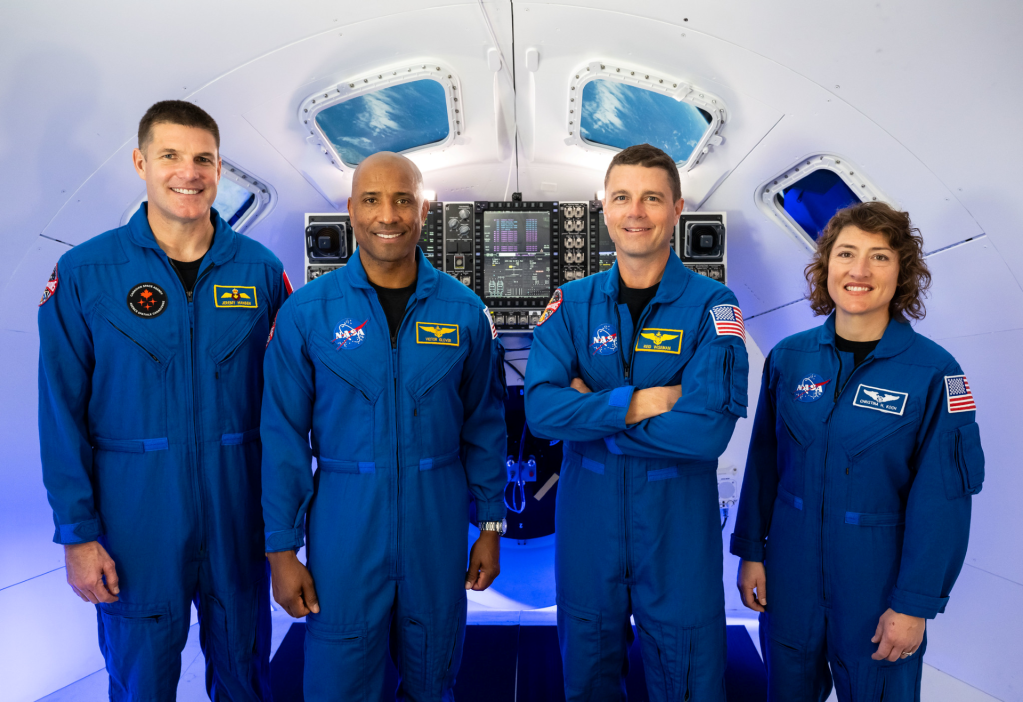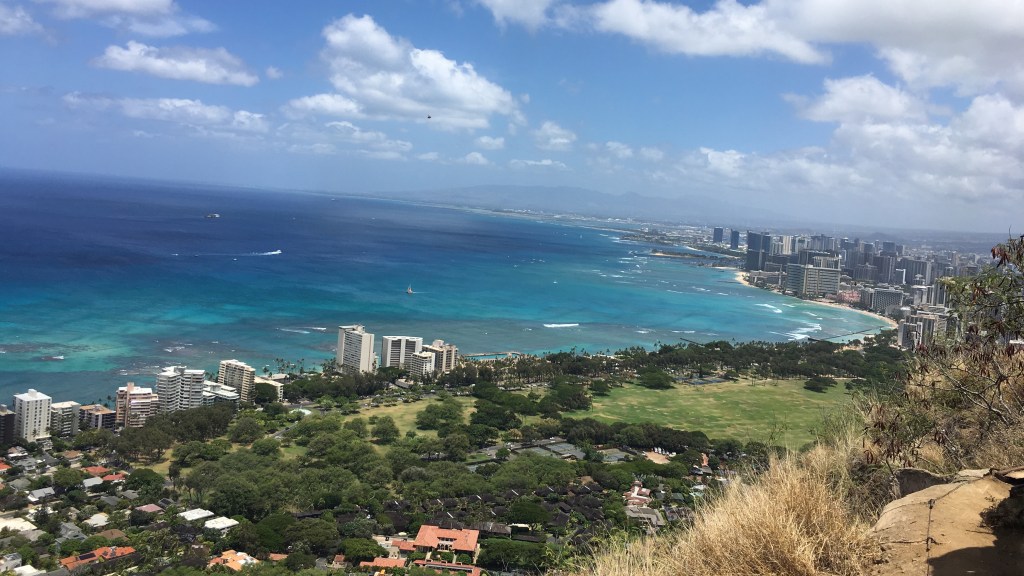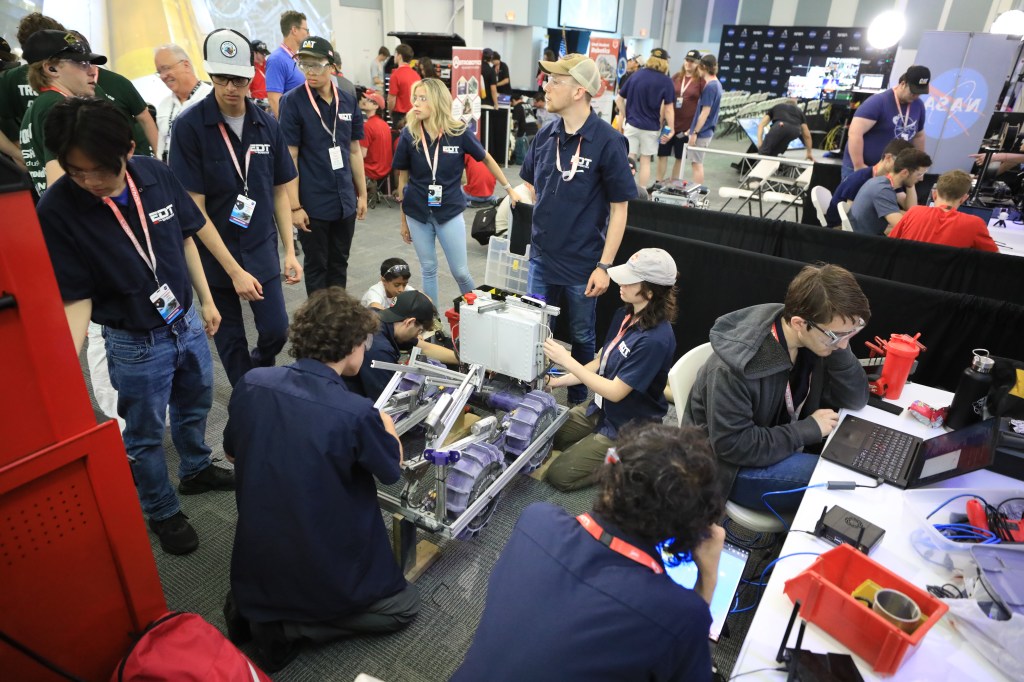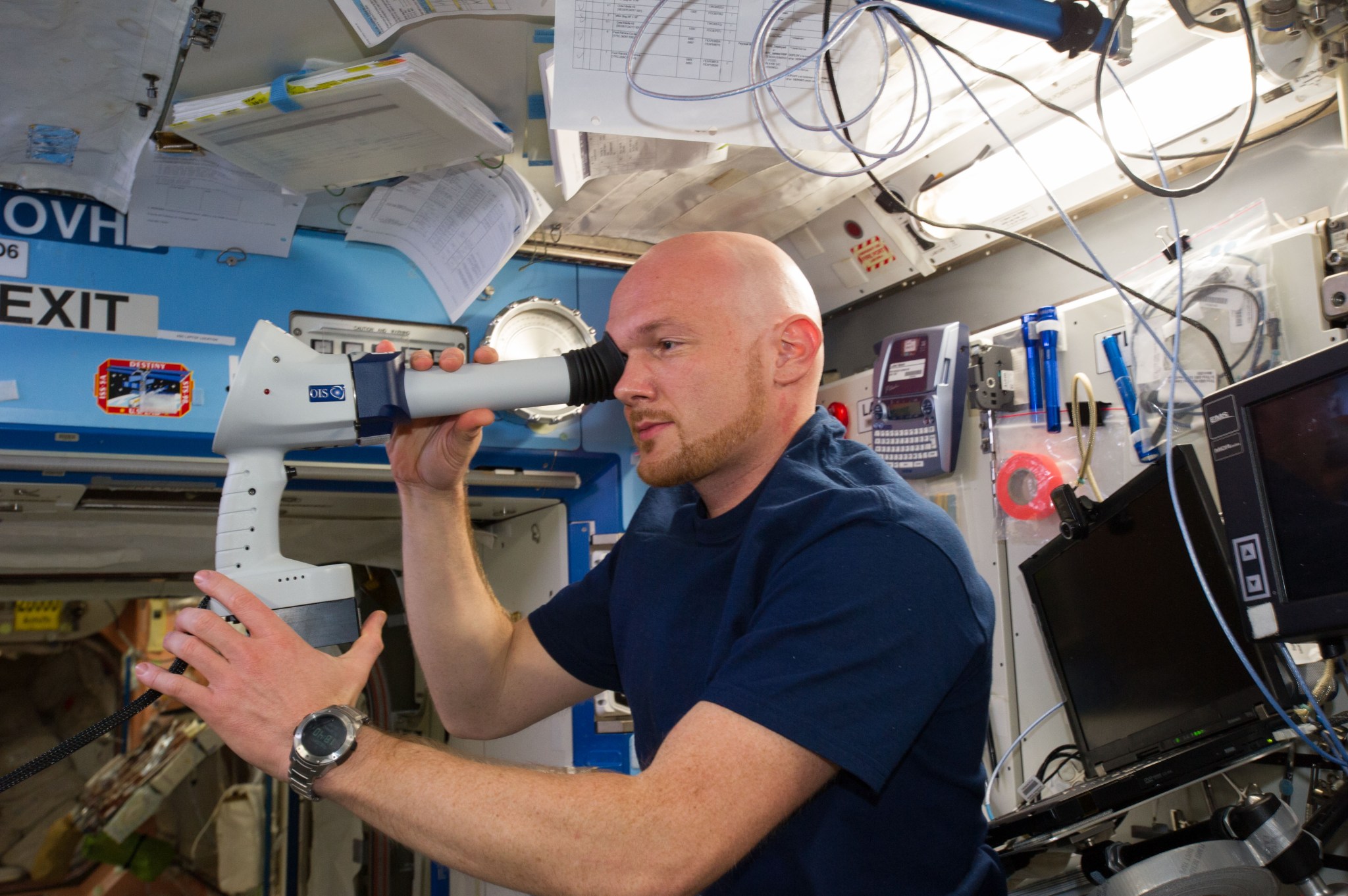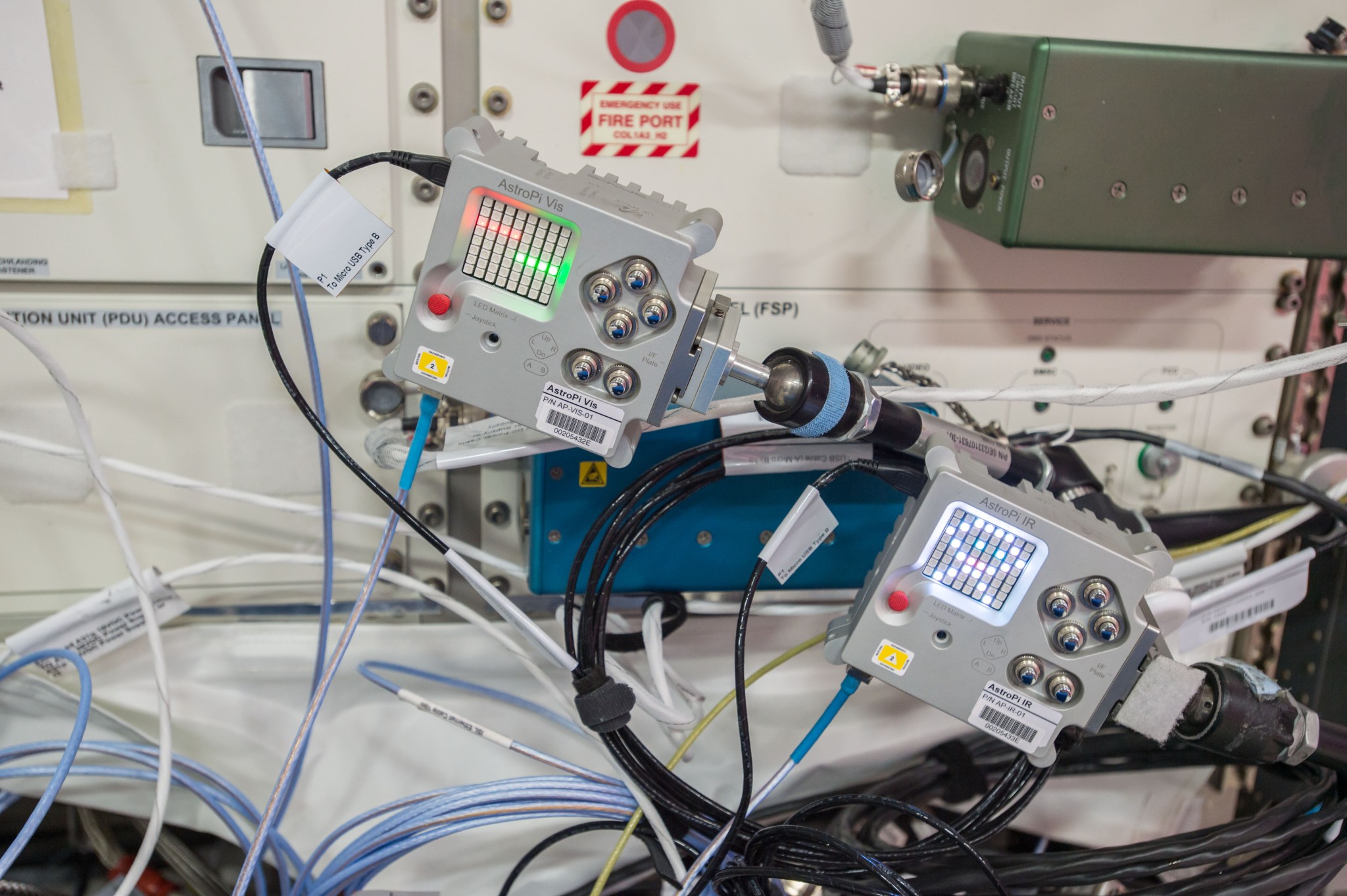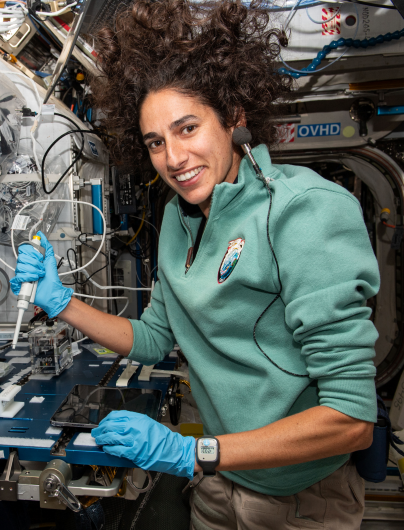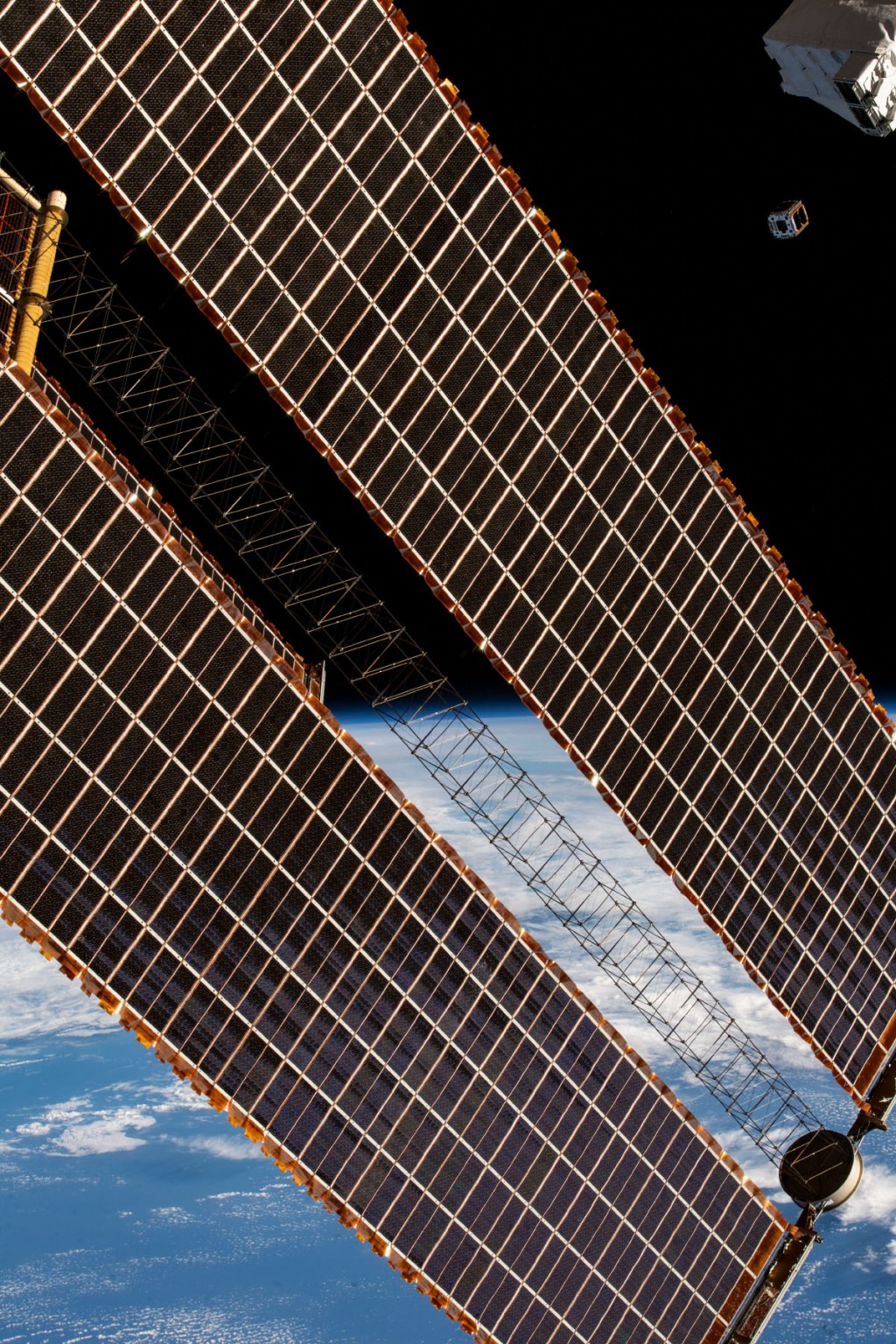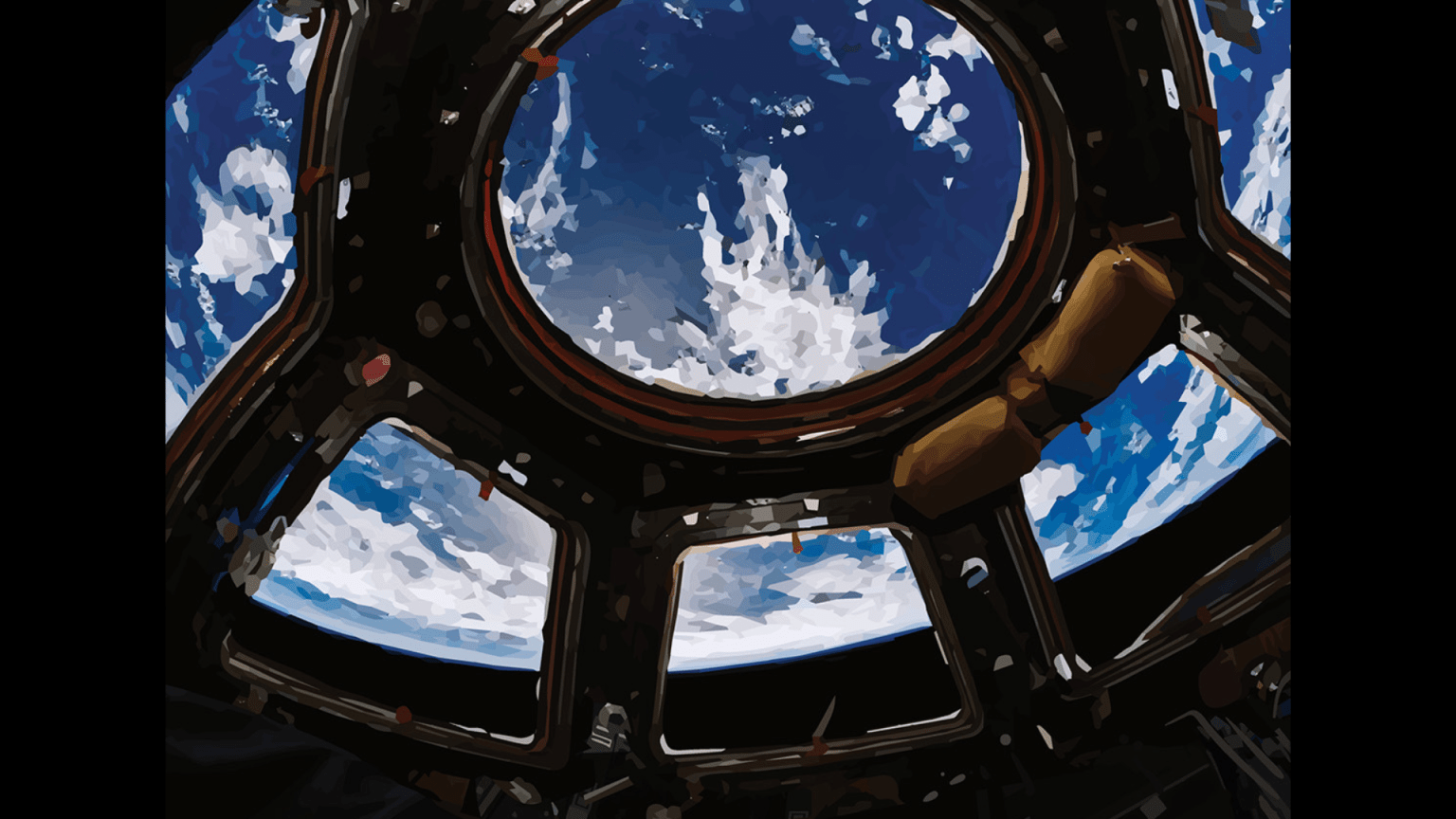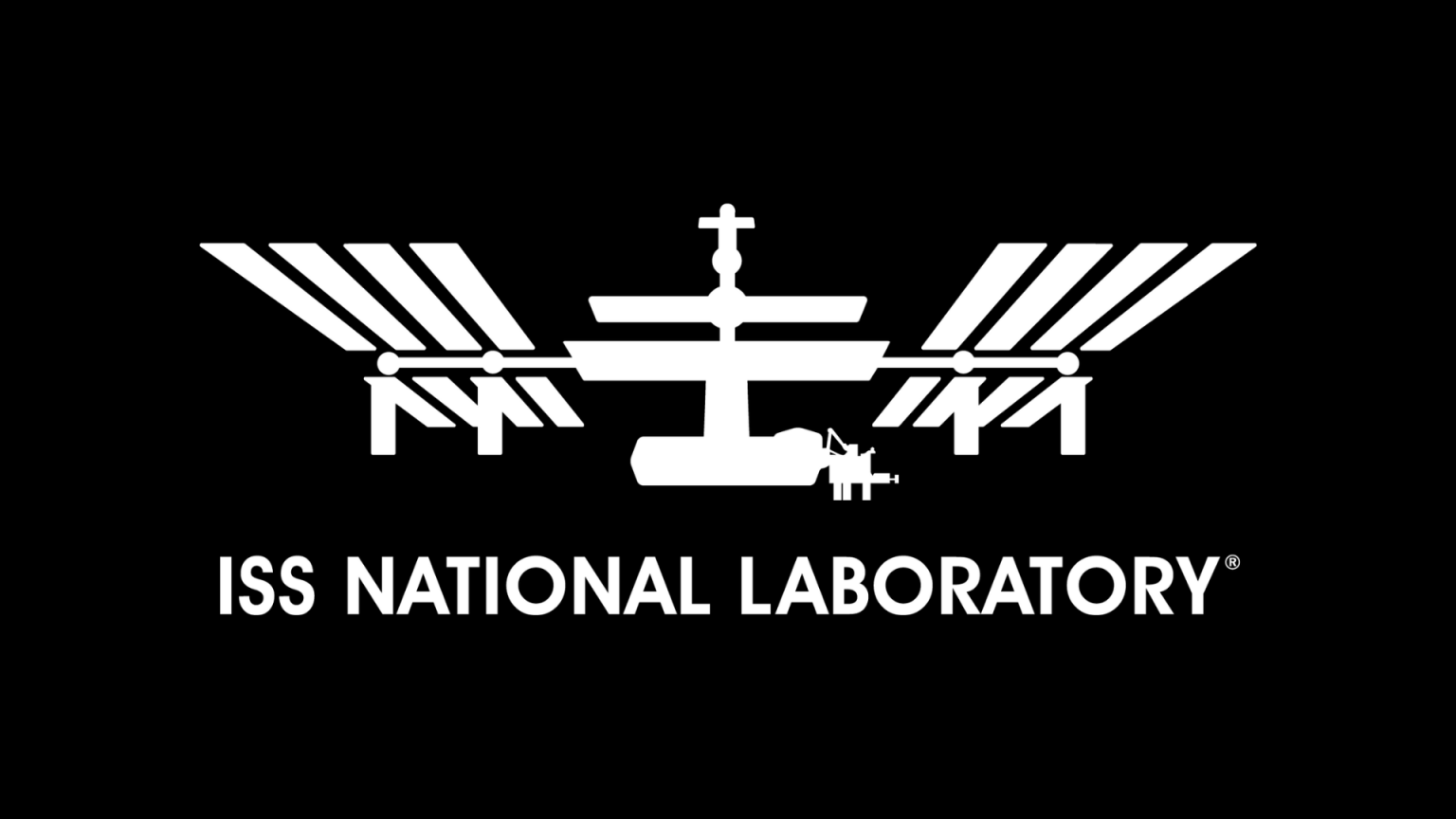Crew members aboard the International Space Station conducted scientific investigations during the week of April 17 that included demonstrating a liquid-based carbon dioxide removal system, measuring eye changes during spaceflight, and offering students in Europe an opportunity to use computers on the space station for specific challenges.
Here are details on some of the microgravity investigations currently taking place aboard the orbiting lab:
Controlling Carbon Dioxide
Liquid-based systems for removing carbon dioxide, such as those used on submarines, are highly efficient, important for longer space missions. Since microgravity makes it difficult to control the flow of liquids, the space station has yet to take advantage of this efficiency. CapiSorb Visible System demonstrates a system using capillary forces, the interaction of a liquid with a solid that draws fluid into a narrow tube. Previous experiments have confirmed that capillary forces can control liquids in microgravity. Results also could improve researchers’ understanding of capillary flows and use of liquids to remove carbon dioxide in settings in space and on Earth. During the week, crew members performed a functional check of the system in preparation for runs of the investigation.
The Eyes Have It
From the earliest spaceflights, astronauts have experienced symptoms of Space-Associated Neuro-Ocular Syndrome (SANS), which include flattening of the eye shape and swelling in the optic disc, where the optic nerve enters the retina. Multiple studies on the space station have examined this syndrome and evidence suggests that several factors may be involved, including increased pressure in the head, overfilling of blood vessels, and inflammation. A current investigation, ISAFE, measures eye, brain, and blood vessel changes to examine whether SANS varies with mission length, whether these changes recover when crew members return to Earth, and how long such potential recovery takes. Results could support development of ways to protect astronaut vision on future long-duration spaceflights, such as trips to Mars. Crew members took measurements for the investigation during the week.
Student Computing in Space
AstroPi, an investigation from ESA (European Space Agency), uses two augmented Raspberry Pi computers equipped with Sense Hardware Attached on Top (HAT) that measures the environment inside the space station, detects how the station moves through space, and picks up the Earth’s magnetic field. One AstroPi is equipped with an infrared camera and the other with a standard visible spectrum camera. Students use the computers to conduct thematic software and hardware challenges. ESA has an education program that uses human spaceflight and the space station to encourage students to study scientific and technical disciplines and to understand the benefits, challenges, and importance of space for Europe. During the week, crew members installed the computers for operations.
Other Investigations Involving the Crew:
- JEM Water Recovery System, a JAXA (Japan Aerospace Exploration Agency) investigation, demonstrated technology to generate potable water from urine. The system could contribute to life support systems on the space station and future exploration missions.
- Zero T2 examines the effects on physical and sensorimotor health and performance when crew members do not exercise on a treadmill. Treadmills, an important way to reinforce a walking motor pattern, are too bulky for future long-duration space missions. Zero T2 results could help determine exercise regimens that are adequate to maintain physical health on future missions.
- Cardinal Heart 2.0, sponsored by the ISS National Lab, tests drugs to reduce changes in heart cell function in space. Results could support development of effective drug combinations to improve the health of astronauts and patients on Earth.
- ISS Ham Radio provides students, teachers, and others the opportunity to communicate with astronauts using amateur radio units. Before a scheduled call, students learn about the station, radio waves, and other topics, and prepare a list of questions based on the topics they have researched.
- Food Physiology documents the effects of an enhanced diet on human adaptation to spaceflight. Results could support development of targeted, efficient dietary interventions to maintain crew health and performance and improve understanding of how complex organisms adapt to spaceflight.
John Love, ISS Research Planning Integration Scientist
Expedition 69








